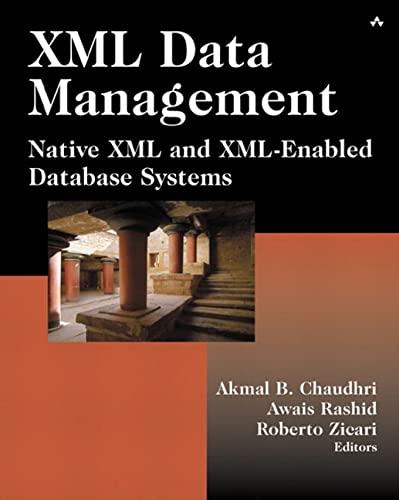Answered step by step
Verified Expert Solution
Question
1 Approved Answer
part 3 please consider parts 1 and 2 please provide the modified version of my code that would pass the test cases shown in part
part 3 please consider parts 1 and 2




please provide the modified version of my code that would pass the test cases shown in part 1 and which gives the expected output based on the description both provided above please don't give samples or stuff that seem similar cause I get so confused when adding it to my code as this has happened most of the times I asked questions and im running out of questions so please modify my code
Task 7 [[True, True, True], [True, True, True], [True, True, True] ] [[True, False, True], [True, True, True], [True, True, True]] (1,4) (10,12) In the Board class, define a method reaching_empty_matrix(self) that returns a matrix (list of lists) of Booleans of the same size as the board. An element of this matrix is True if the corresponding point on the board is either empty or reaches empty and False otherwise. The method must not modify the board. Task 8 In the Board class, define a method is_legal(self) that returns True if the position on the board is legal and False otherwise (see Background Information for the definition of a legal position). he rules of the game 1. Go is played on a 1919 square grid of points, by two players called Black and White. 2. Each point on the grid may be coloured black, white or empty. 3. A point P, not coloured C, is said to reach C, if there is a path of (vertically or horizontally) adjacent points of P 's colour from P to a point of colour C. 4. Clearing a colour is the process of emptying all points of that colour that don't reach empty. 5. Starting with an empty grid, the players alternate turns, starting with Black. 6. A turn is either a pass; or a move that doesn't repeat an earlier grid colouring. 7. A move consists of colouring an empty point one's own colour; then clearing the opponent colour, and then clearing one's own colour. 8. The game ends after two consecutive passes. 9. A player's score is the number of points of their colour, plus the number of empty points that reach only their colour. 10. The player with the higher score at the end of the game is the winner. Equal scores result in a tie. Task 7 [[True, True, True], [True, True, True], [True, True, True] ] [[True, False, True], [True, True, True], [True, True, True]] (1,4) (10,12) In the Board class, define a method reaching_empty_matrix(self) that returns a matrix (list of lists) of Booleans of the same size as the board. An element of this matrix is True if the corresponding point on the board is either empty or reaches empty and False otherwise. The method must not modify the board. Task 8 In the Board class, define a method is_legal(self) that returns True if the position on the board is legal and False otherwise (see Background Information for the definition of a legal position). he rules of the game 1. Go is played on a 1919 square grid of points, by two players called Black and White. 2. Each point on the grid may be coloured black, white or empty. 3. A point P, not coloured C, is said to reach C, if there is a path of (vertically or horizontally) adjacent points of P 's colour from P to a point of colour C. 4. Clearing a colour is the process of emptying all points of that colour that don't reach empty. 5. Starting with an empty grid, the players alternate turns, starting with Black. 6. A turn is either a pass; or a move that doesn't repeat an earlier grid colouring. 7. A move consists of colouring an empty point one's own colour; then clearing the opponent colour, and then clearing one's own colour. 8. The game ends after two consecutive passes. 9. A player's score is the number of points of their colour, plus the number of empty points that reach only their colour. 10. The player with the higher score at the end of the game is the winner. Equal scores result in a tieStep by Step Solution
There are 3 Steps involved in it
Step: 1

Get Instant Access to Expert-Tailored Solutions
See step-by-step solutions with expert insights and AI powered tools for academic success
Step: 2

Step: 3

Ace Your Homework with AI
Get the answers you need in no time with our AI-driven, step-by-step assistance
Get Started


